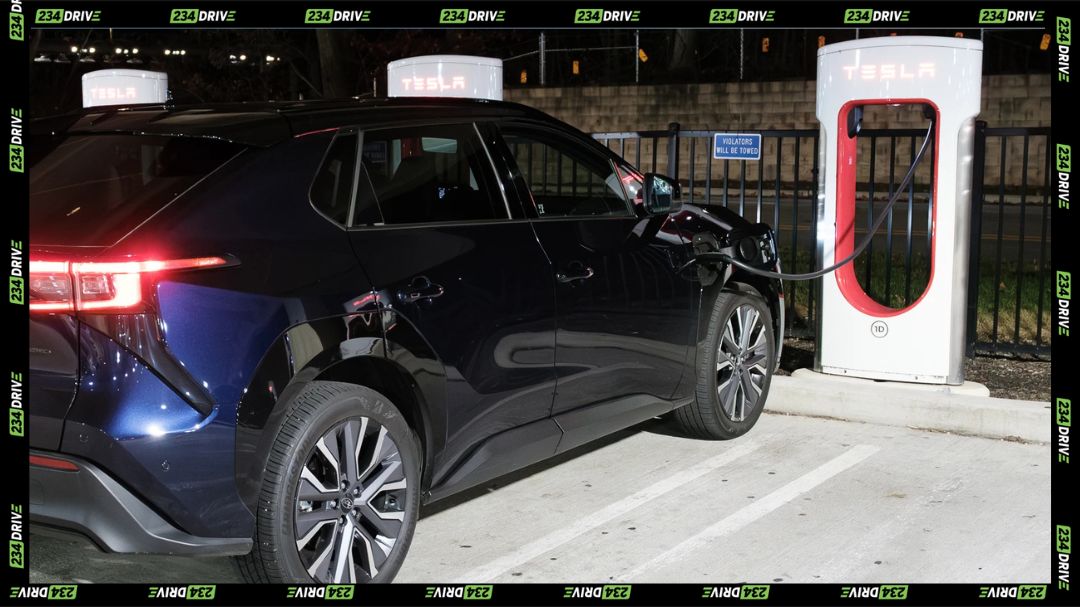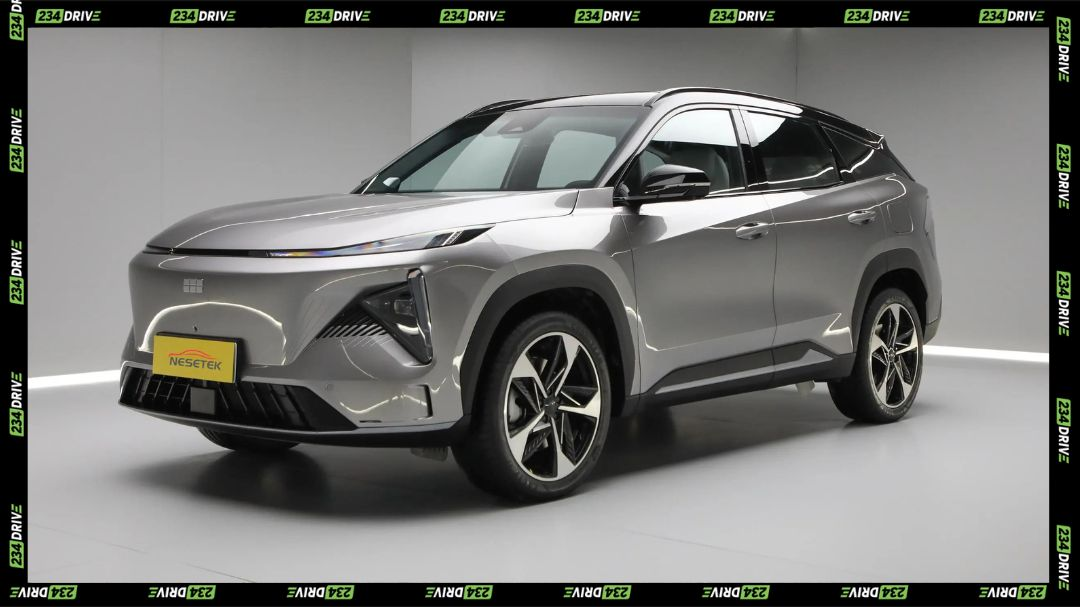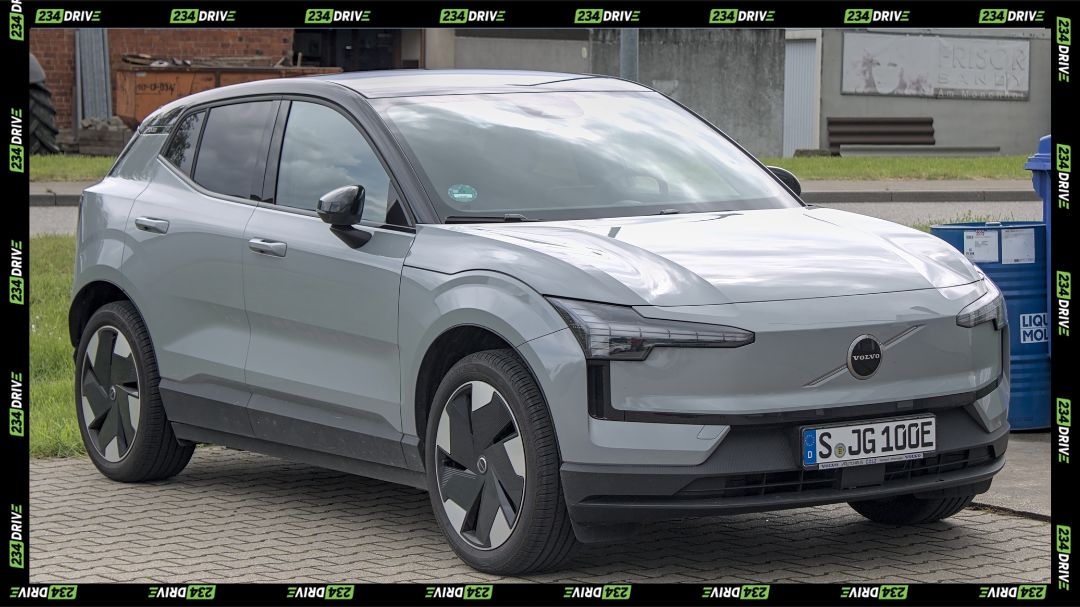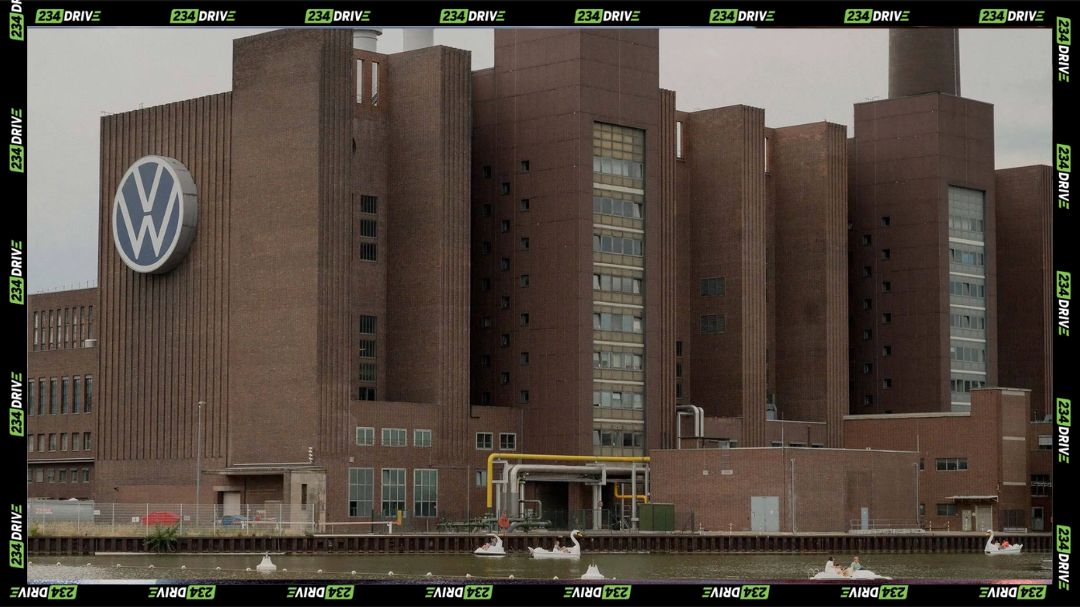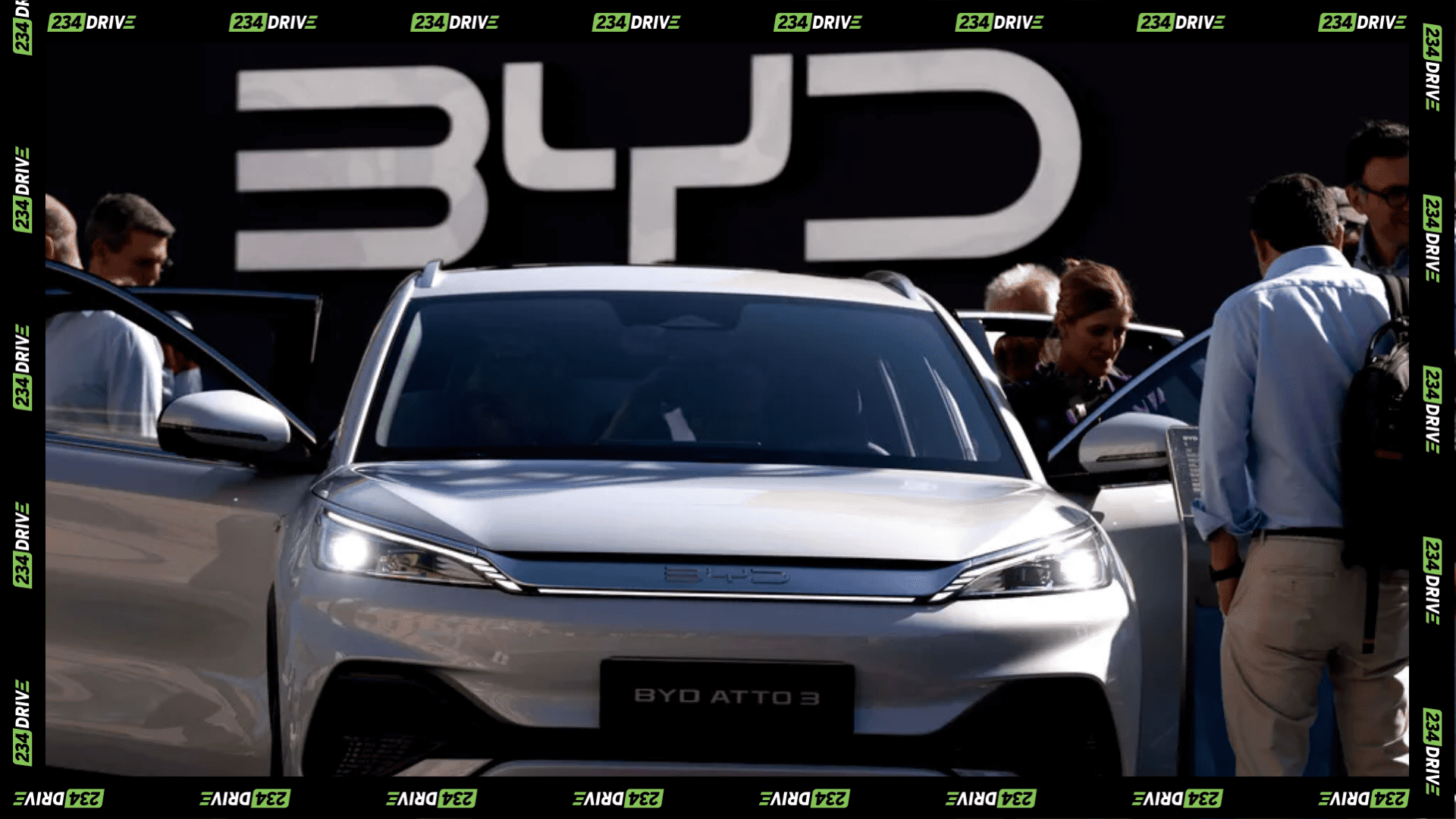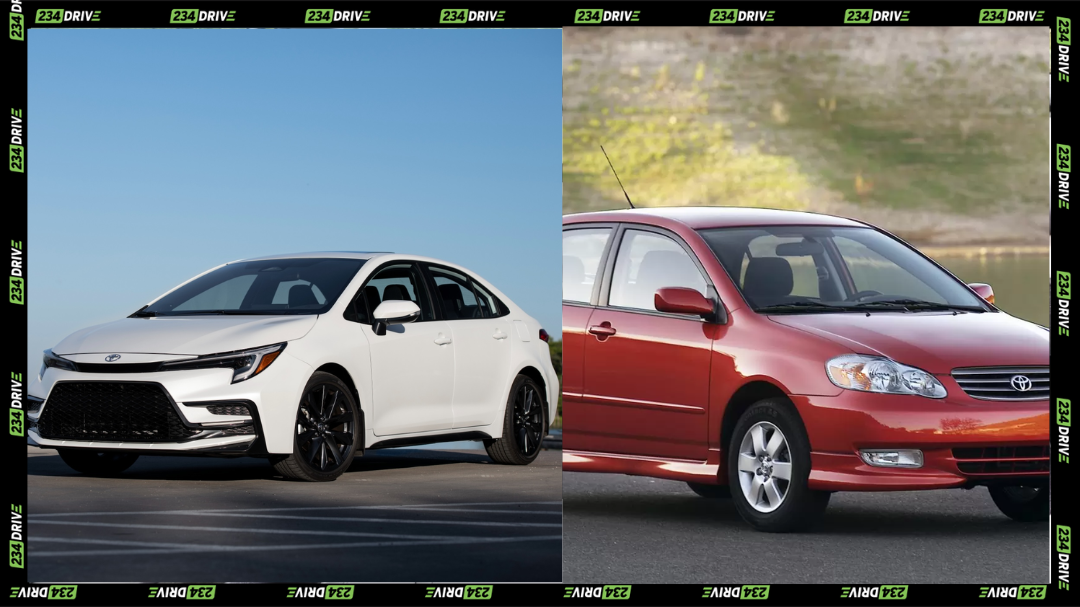The Mazda CX-5 has established itself as one of Kenya’s most sought-after import SUVs, particularly appealing to middle-class buyers in urban centers like Nairobi and Mombasa. Since its introduction to the Kenyan market through Japanese imports, this compact crossover has transformed from a vehicle once feared for reliability concerns to a ubiquitous presence on city streets and rural highways. The CX-5’s reputation has been built on its combination of Mazda’s “KODO: Soul of Motion” design philosophy, fuel-efficient diesel engines, and premium features offered at competitive price points.
What makes the CX-5 particularly compelling for Kenyan drivers is its adaptability to diverse road conditions—from congested urban thoroughfares to unpaved rural paths—while maintaining a luxurious feel typically associated with more expensive European SUVs. The 2017-2019 diesel variants have become trending models, priced between KSh 2.25 million and KSh 3.8 million, offering turbocharged performance and impressive fuel economy. With the refined 2025 model now available and the all-new 2026 generation anticipated, the CX-5 continues representing smart value in Kenya’s competitive automotive landscape.
Exterior Design and Styling
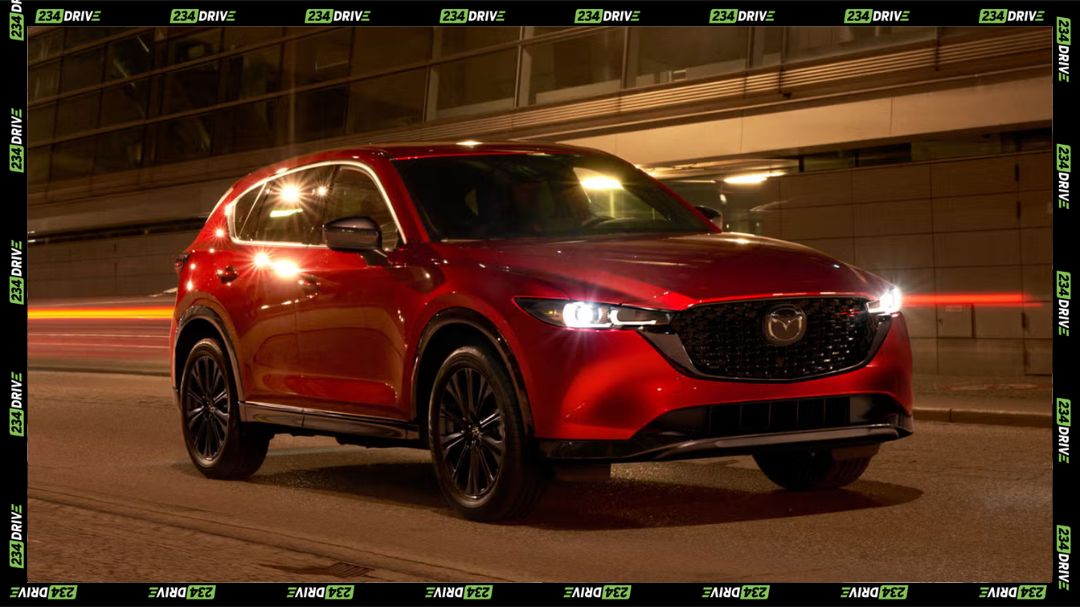
The Mazda CX-5’s exterior embodies the brand’s signature “KODO: Soul of Motion” design language, featuring flowing, athletic lines that convey dynamism even at rest. The front fascia features Mazda’s distinctive five-point grille flanked by sleek LED headlights that give the vehicle an aggressive yet refined appearance. Sculpted body panels create dramatic light and shadow play, particularly evident in popular colors like Soul Red Crystal. Ground clearance of 7.6 to 7.9 inches provides adequate elevation for navigating Nairobi’s speed bumps and rural rough patches without compromising the sporty stance.
The CX-5’s road presence commands attention without appearing ostentatious, making it equally at home in Westlands business districts and upcountry estates like Ruiru or Syokimau. Chrome accents around the windows and integrated roof rails add premium touches, while the trending 2017-2019 models feature 19-inch alloy wheels that enhance visual appeal and handling stability. The compact dimensions—with a curb weight ranging from 3,679 to 3,871 lbs—strike an ideal balance between substantial presence and urban maneuverability. Distinctive wraparound taillights and a subtly integrated spoiler contribute to aerodynamic efficiency and modern aesthetic that resonates with style-conscious Kenyan buyers.
Interior Comfort and Technology
Step inside the Mazda CX-5, and you’re greeted by an interior featuring soft-touch materials, ergonomic seating, and thoughtful design that rivals German competitors costing significantly more. The cabin comfortably seats five passengers with generous space, while cargo capacity flexes from 29.1 cubic feet with seats upright to 59.3 cubic feet when folded flat—practical for everything from grocery runs to transporting furniture. Premium trims like the XD L-Package come equipped with genuine leather seats, heated front seats for chilly highland mornings, and a Bose premium audio system with 10 speakers.
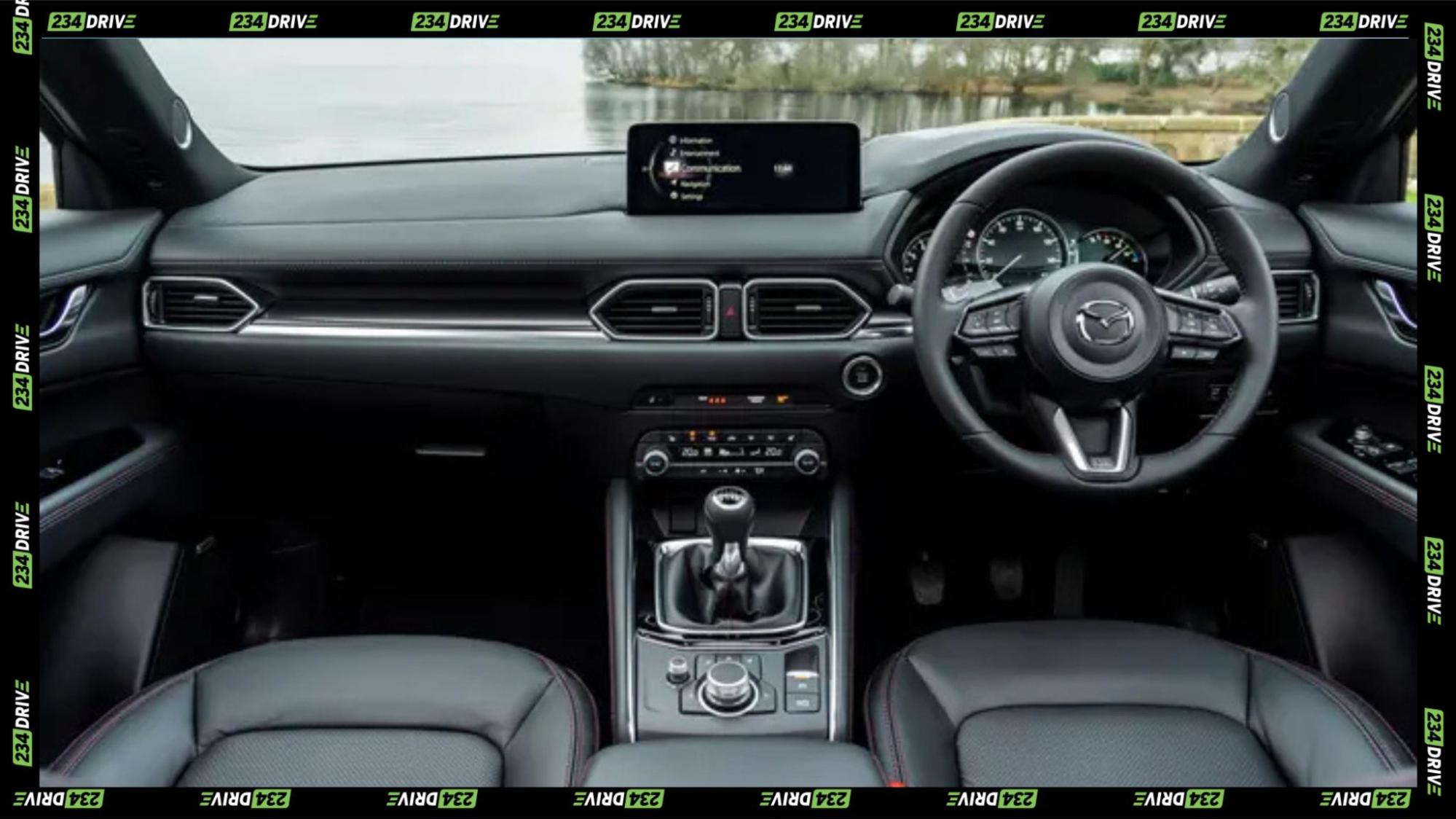
Technology features include the Mazda Connect infotainment system with a 10.25-inch display, Apple CarPlay and Android Auto integration (wireless in 2025 models), and a heads-up display projecting vital information onto the windshield for enhanced safety. The trending diesel variants house a 2200cc Skyactiv-D turbocharged engine producing between 184 and 228 horsepower with an impressive 420Nm of torque, providing the “teke” (power) that Kenyan drivers appreciate for overtaking and tackling steep inclines. Paired with a smooth six-speed automatic transmission and available i-Activ all-wheel drive, the CX-5 delivers fuel efficiency around 18 km/L—potentially saving owners KSh 50,000 to KSh 100,000 annually compared to petrol rivals. The G-Vectoring Control system enhances handling by adjusting engine torque during cornering, while Mi-Drive modes (Normal, Sport, Off-Road) allow drivers to adapt performance to conditions ranging from smooth tarmac to rough murram roads.
How it Fits Into Kenya’s Terrain
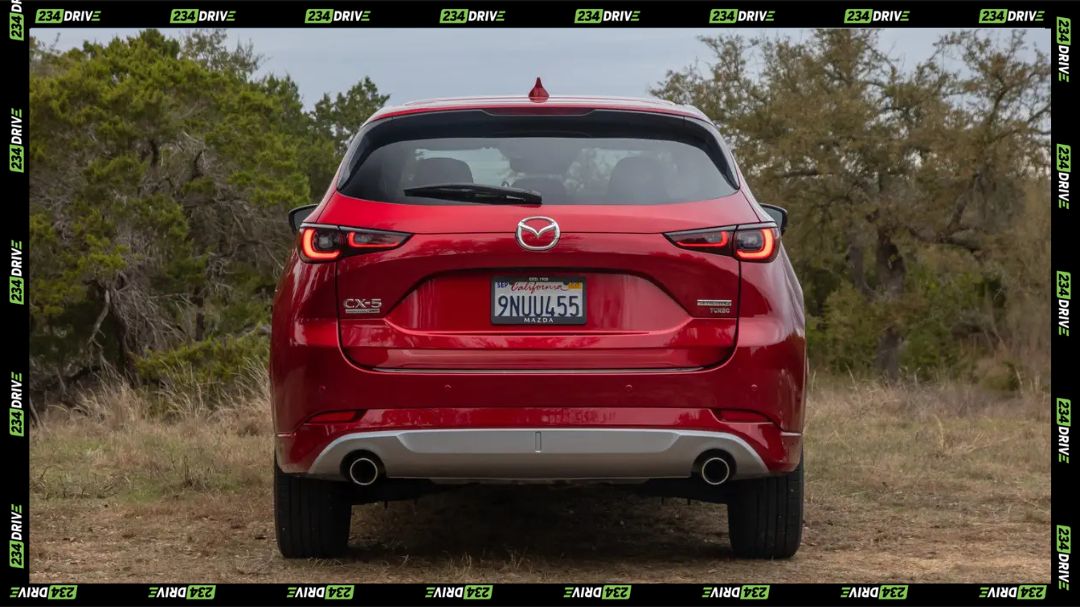
Kenya’s diverse terrain demands vehicles that can seamlessly transition between well-maintained urban highways and challenging rural roads, making the CX-5’s versatility particularly valuable. The combination of adequate ground clearance, robust suspension tuning, and available all-wheel drive enables the CX-5 to handle Nairobi’s notorious potholes, flooded streets during rainy seasons, and unpaved access roads without compromising ride comfort. The diesel engine’s torque advantage proves essential for navigating steep gradients in highland regions and providing confident overtaking power on busy highways.
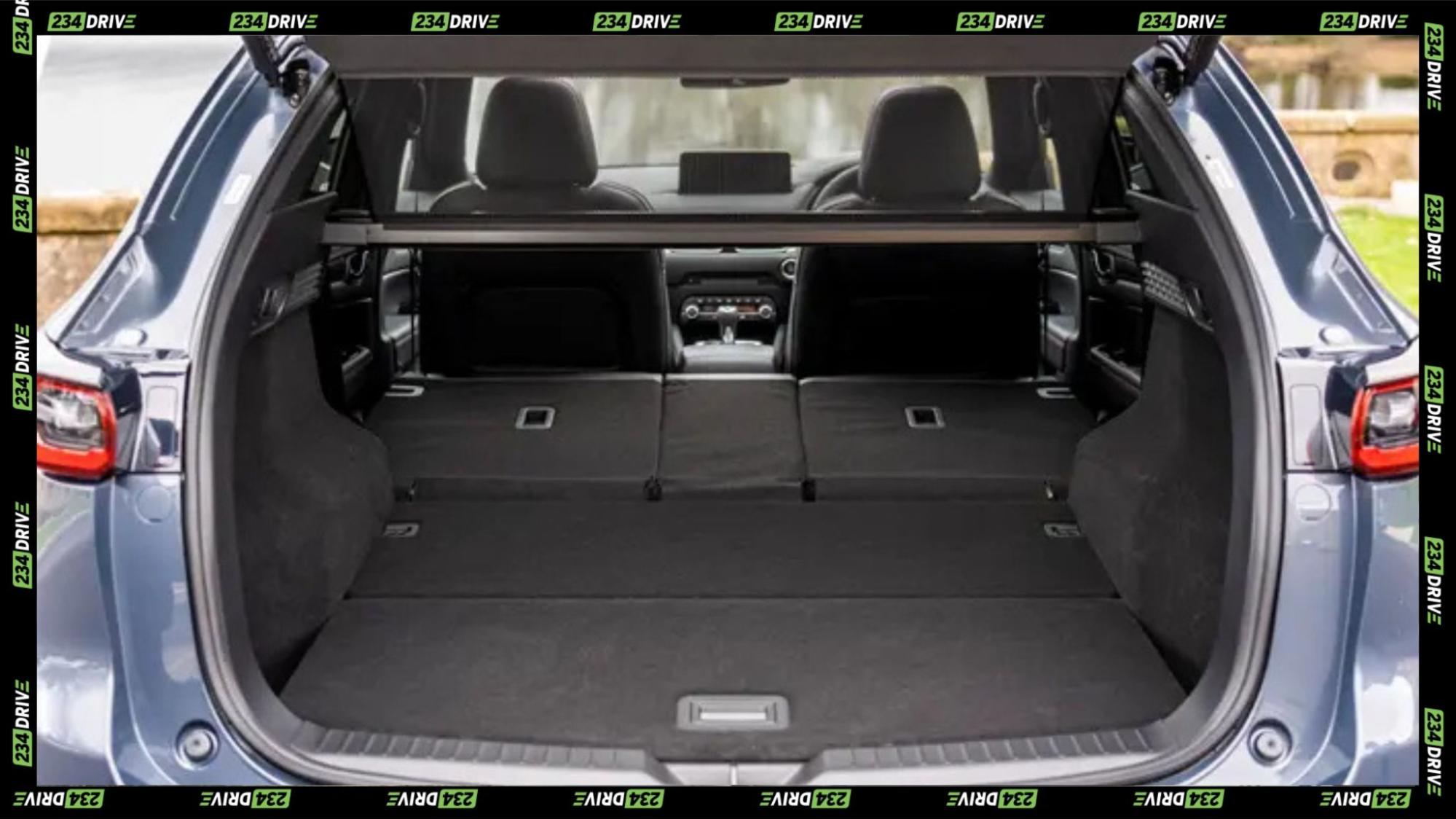
Climate considerations favor the CX-5, as its air conditioning system effectively combats Mombasa’s coastal humidity and Nairobi’s heat, while the vehicle’s build quality withstands dust and environmental wear. Maintenance infrastructure has improved considerably, with authorized service centers in major cities and a growing network of trained technicians familiar with Skyactiv technology, though rural owners may face challenges accessing specialized parts. The CX-5’s prestige factor signals successful middle-class status without ostentation, making it ideal for professionals and families. Social media presence, including the @mazdacx5kenya Instagram community with over 4,800 followers, provides peer support and knowledge sharing that enhances ownership confidence, while the vehicle’s transformation from “feared” import to trusted daily driver demonstrates how proper maintenance awareness has overcome early concerns about DPF problems and overheating.
Competitive Positioning and Market Comparison
When positioned against segment rivals in the Kenyan market, the Mazda CX-5 occupies a strategic middle ground emphasizing value without sacrificing quality. The Toyota RAV4 commands prices ranging from KSh 3.2 million to KSh 9.5 million for 2017-2020 models—substantially higher than the CX-5’s KSh 2.5 million to KSh 8.2 million range. While the RAV4 enjoys superior resale value at approximately 70% after three years compared to the CX-5’s 65%, and benefits from Toyota’s extensive service network, the CX-5 counters with superior fuel efficiency (18 km/L versus 14 km/L) and more engaging driving dynamics.
Against the Subaru Forester, priced between KSh 2.8 million and KSh 8.8 million with standard all-wheel drive, the CX-5 offers comparable fuel efficiency and slightly higher torque output (420Nm versus 239Nm in diesel variants). The Volkswagen Tiguan represents European competition at KSh 3.5 million to KSh 11 million, delivering German engineering prestige but suffering from higher maintenance costs (KSh 25,000-45,000 per service versus the CX-5’s KSh 15,000-25,000) and lower fuel efficiency (12 km/L). The CX-5’s safety credentials match its rivals with Euro NCAP 5-star ratings and comprehensive i-Activsense features including lane-keep assist, blind-spot monitoring, and smart braking. Parts availability has improved significantly, and financing accessibility through platforms like Autochek and Jiji, with typical hire purchase terms requiring 40-50% down payments, makes ownership attainable for middle-income earners.
The Latest 2025 Model
The 2025 Mazda CX-5 represents a refined evolution, incorporating eight trim levels starting globally at $29,050 for the base 2.5 S model and reaching $41,080 for the Turbo Signature. Kenyan imports are beginning to appear, with estimated pricing starting around KSh 5.2 million to KSh 6.2 million depending on specifications and duties. The 2025 model standardizes i-Activ all-wheel drive across all variants, while engine options range from a 2.5-liter inline-four producing 187 horsepower to turbocharged versions delivering up to 256 horsepower and 320 lb-ft of torque.
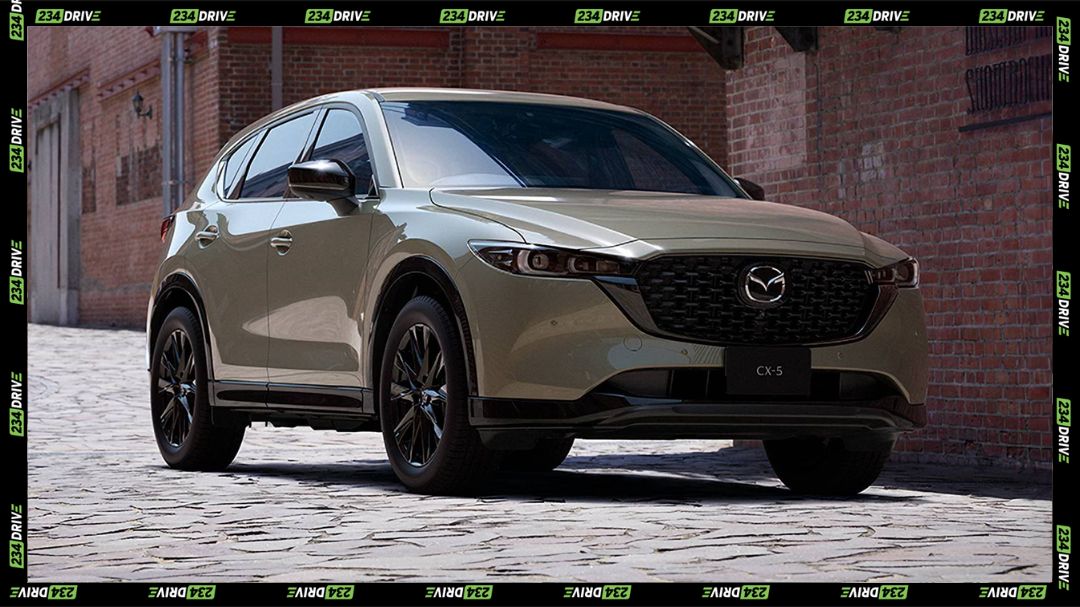
Updates include wireless Apple CarPlay and Android Auto connectivity, and Mazda Connected Services enabling remote functions like vehicle location tracking—valuable features in Kenya’s security-conscious environment. Standard safety equipment earning NHTSA 5-star ratings provides peace of mind for families. Fuel economy reaches up to 28 MPG combined (approximately 12 km/L) in non-turbo configurations, though Kenyan buyers continue favoring diesel variants for their superior efficiency. Looking ahead, the all-new 2026 model slated for late 2025 promises further innovations.
Conclusion
The Mazda CX-5 has earned its position as one of Kenya’s most popular import SUVs through a compelling combination of stylish design, practical functionality, and competitive pricing. The trending 2017-2019 diesel models, priced between KSh 2.25 million and KSh 3.8 million, offer premium SUV ownership without luxury price tags, while delivering fuel efficiency, turbocharged performance, and advanced safety features that matter for daily driving in Kenya’s challenging conditions.
Its ability to compete effectively against the Toyota RAV4, Subaru Forester, and Volkswagen Tiguan—offering comparable features at lower prices and superior fuel efficiency—positions it as a smart choice for buyers prioritizing value. Whether navigating Nairobi’s urban jungle, cruising the Nairobi-Mombasa highway, or exploring rural landscapes, the Mazda CX-5 delivers a versatile, refined, and economical ownership experience that justifies its growing popularity. We invite you to share your thoughts and experiences with the Mazda CX-5—has it lived up to expectations in your driving environment? Join the conversation and help prospective buyers make informed decisions in Kenya’s dynamic automotive market.


